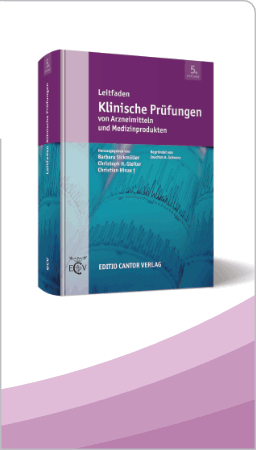Molekularbiologische Identifizierung von Mikroorganismen Sequenzierung ribosomaler Gene zur Identifizierung von coryneformen Bakterien aus der betrieblichen Umgebung von Pharmaproduktionsstätten Andreas Schlösser1, Christian Scheuermann2, Anastasija Matin1, Lothar Bomblies1 und Gero Beckmann1 Labor L+S AG1, Bad Bocklet, und Universität Würzburg, Institut für Medizinische Strahlenkunde und Zellforschung2, Würzburg Korrespondenz: Dr. Andreas Schlösser, Labor L+S AG, Mangelsfeld 4, 97708 Bad Bocklet (Germany), Fax +49 (0)9708-9100 36, e-mail: Andreas.Schloesser@Labor-LS.de Molecular Identification of Microorganims / 16S rDNA sequencing of coryneform bacteria isolated from pharmaceutical environments From the environment of pharmaceutical plants a collection of more than 1000 coryneform bacteria was generated. From this collection 103 isolates were randomly selected and taxonomic identification was performed with MicroSeq 500 16S rDNA based analysis and conventional biochemical methods. Quality criteria for the taxonomic classification based on 16S rDNA data were established and used to identify the coryneform field isolates. Identification results from MicroSeq 500 were compared with results received with sequence analysis of the public database WU-BLAST and conventional biochemical identification methods. Identification by 16S rDNA sequencing reveal a higher resolution power compared to conventional, biochemical methods. For a valid identification of coryneform field strains, Micro- Seq based results have to be rechecked with a public database since entries of corresponding coryneform type strains are still limited in the commercial Micro- Seq ID software package. Key words Biochemisches Profil • Coryneforme Bakterien • MicroSeq • Pharmaproduktion • 16S rDNA-Sequenzierung • Umweltkeime |
|
|
pharmind 2007, Nr. 5, Seite 619




